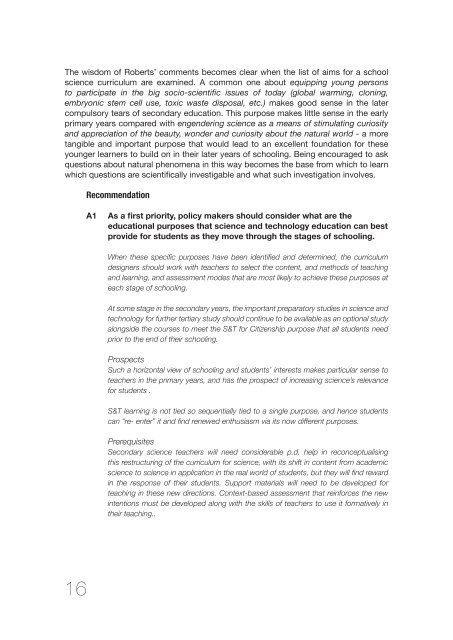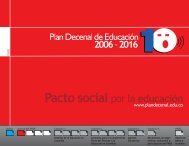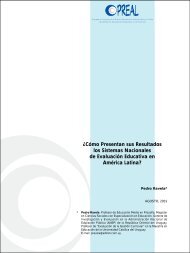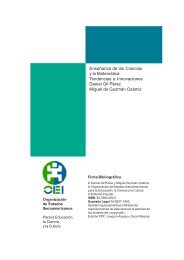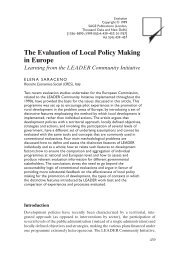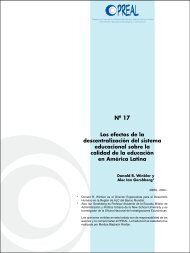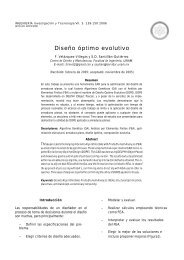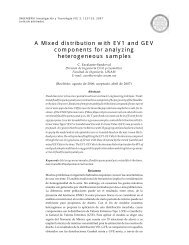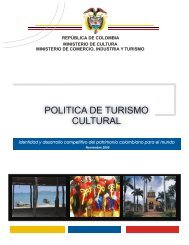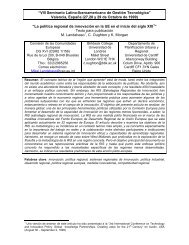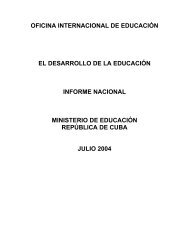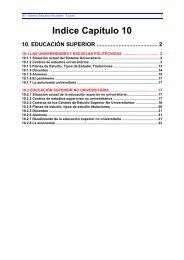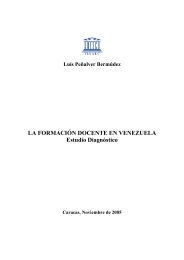Science education policy-making: eleven emerging issues; 2008 - OEI
Science education policy-making: eleven emerging issues; 2008 - OEI
Science education policy-making: eleven emerging issues; 2008 - OEI
You also want an ePaper? Increase the reach of your titles
YUMPU automatically turns print PDFs into web optimized ePapers that Google loves.
The wisdom of Roberts’ comments becomes clear when the list of aims for a school<br />
science curriculum are examined. A common one about equipping young persons<br />
to participate in the big socio-scientific <strong>issues</strong> of today (global warming, cloning,<br />
embryonic stem cell use, toxic waste disposal, etc.) makes good sense in the later<br />
compulsory tears of secondary <strong>education</strong>. This purpose makes little sense in the early<br />
primary years compared with engendering science as a means of stimulating curiosity<br />
and appreciation of the beauty, wonder and curiosity about the natural world - a more<br />
tangible and important purpose that would lead to an excellent foundation for these<br />
younger learners to build on in their later years of schooling. Being encouraged to ask<br />
questions about natural phenomena in this way becomes the base from which to learn<br />
which questions are scientifically investigable and what such investigation involves.<br />
Recommendation<br />
A1<br />
As a first priority, <strong>policy</strong> makers should consider what are the<br />
<strong>education</strong>al purposes that science and technology <strong>education</strong> can best<br />
provide for students as they move through the stages of schooling.<br />
When these specifi c purposes have been identifi ed and determined, the curriculum<br />
designers should work with teachers to select the content, and methods of teaching<br />
and learning, and assessment modes that are most likely to achieve these purposes at<br />
each stage of schooling.<br />
At some stage in the secondary years, the important preparatory studies in science and<br />
technology for further tertiary study should continue to be available as an optional study<br />
alongside the courses to meet the S&T for Citizenship purpose that all students need<br />
prior to the end of their schooling.<br />
Prospects<br />
Such a horizontal view of schooling and students’ interests makes particular sense to<br />
teachers in the primary years, and has the prospect of increasing science’s relevance<br />
for students .<br />
S&T learning is not tied so sequentially tied to a single purpose, and hence students<br />
can “re- enter” it and fi nd renewed enthusiasm via its now different purposes.<br />
Prerequisites<br />
Secondary science teachers will need considerable p.d. help in reconceptualising<br />
this restructuring of the curriculum for science, with its shift in content from academic<br />
science to science in application in the real world of students, but they will fi nd reward<br />
in the response of their students. Support materials will need to be developed for<br />
teaching in these new directions. Context-based assessment that reinforces the new<br />
intentions must be developed along with the skills of teachers to use it formatively in<br />
their teaching..<br />
16


